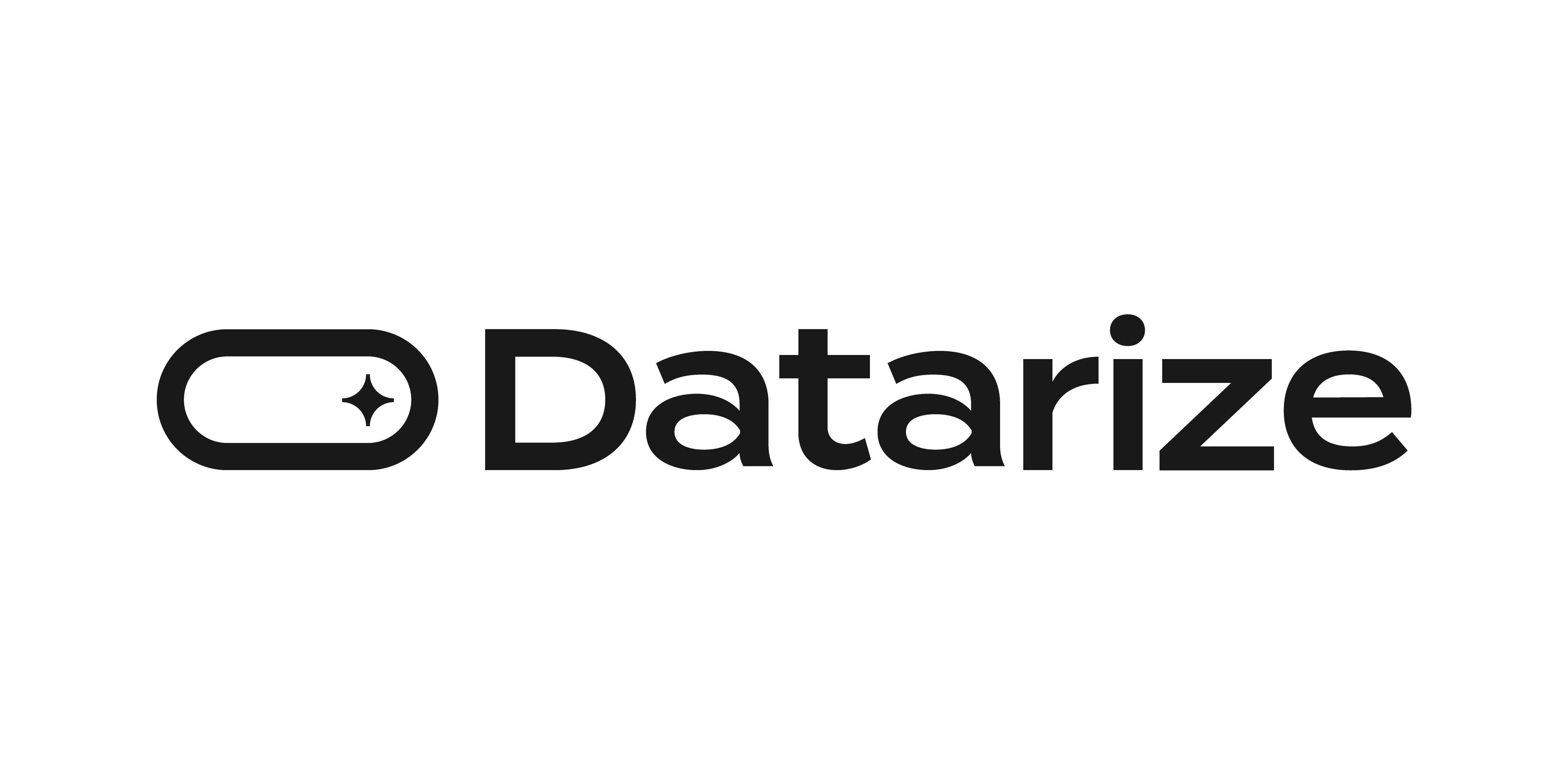We go through a period of turbulence around the age of 17, known as adolescence, where self-identity is established and strong conflicts with society arise. Do you think Gen X, Millennials, and Gen Z experienced puberty in exactly the same way at the age of 17? Given the distinct differences between each generation, it's reasonable to assume that their experiences were unique. Even after 10, 20, or even 30 years have passed, these experiences contribute to shaping them into distinct adults.

Even if they are at the same age of 17, the 'type of experience' each one has will differ. Therefore, rather than grouping everyone simply as '17-year-olds,' we should instead examine characteristics by dividing them into groups based on 'generational 17-year-olds' who have had 'similar' experiences. Customer cohort analysis operates on this principle, tracking how a group with 'similar experiences' evolves over time.
Why Customer Cohort Analysis is essential for Ecommerce
Although new members who signed up in July and October performed the same action of signing up, each group likely had a different experience. Factors such as differing marketing strategies or changes in the service's UI/UX between these months could account for this. Most crucially, the products offered might have varied as well. For instance, members who joined in July might have been inclined to purchase short-sleeved shirts, whereas those who signed up in October could have opted for cardigans. Therefore, while the act of signing up matters, the timing of their registration can also have a substantial impact on various indicators.
Two things that can be learned from customer cohort analysis
1. With cohort analysis, you can assess the performance of the action taken.

For instance, imagine one group receives a $5 off coupon upon signing up, while another is offered an event where they can purchase a popular item for just 10 cents. You can then compare the groups based on the specific incentive they were given over time. If a group's performance is consistently strong, this indicates effective marketing. However, if there's a decline in performance after the initial phase, it suggests an increase in the proportion of cherry pickers.
2. With cohort analysis, you can identify churn patterns and take steps to prevent churn.

Additionally, you can predict the churn timing of new members by identifying their group type. By addressing their needs at the predicted point of churn, proactive measures can be taken to prevent them from leaving.
Streamlined Cohort Analysis Tips Using Datarize Features
Conventionally, conducting customer cohort analysis involves accumulating various data, creating dashboards, and frequently checking them, which can be cumbersome. However, Datarize provides easily analyzable pages at a glance, simplifying the process.
Customer Cohort Analysis Step 1 - Selecting Analytics Segments
In Datarize’s Cohort, we provide analytics for a total of eight segments based on visits, purchases, and membership sign-ups. Among these segments, you can target specific ones for which you wish to assess the marketing performance.
Customer Cohort Analysis Step 2 - Selection of Desired Metrics
From the selected segments, consider focusing on 'purchase' or 'visit' within the 'Metric Basis'. To gauge the impact of marketing and SEO efforts, examine the metrics related to 'visit', especially the Purchase Conversion Rates (CVR) for new members. For insights into marketing effectiveness regarding repeat purchases, set the Metric Basis specifically to 'purchase'.
Customer Cohort Analysis Step 3 - Identifying Churn Cycles

First, identify the period that shows the most significant drop in Purchase Conversion Rates (CVR) compared to the market. This will enable you to objectively determine the churn rate. For instance, if the visit rate of my site is lower than that of similar markets, or if it falls below the overall market's visit rate according to Datarize's data at week 3, then this period is likely when a substantial number of members will depart. At this point, you can conclude that the elements you've identified are where your customers tend to churn around the 3-week mark. To prevent customers who visited three weeks ago from churning, consider implementing targeted marketing strategies aimed at encouraging both visits and purchases.
Customer Cohort Analysis Step 4 - Evaluating Marketing and Service Performance

If you wish to assess your site's visit rates and performance, start by selecting a specific cohort period for comparison. If the visit rates of a cohort exceed those of ‘My Store’s Visit Rates,’ this indicates that your marketing actions applied during that period are outperforming. However, if the visit rates of that cohort over time are significantly lower than ‘My Store’s Visit Rates’ over time, it suggests that your campaign might have attracted a large number of cherry pickers and thus is in need of refinement.
Closing words
Today, we've discussed how to utilize Customer Cohort Analysis to assess the status of our marketing efforts and customer base, along with actionable steps. While Cohort Analysis often groups customers into broad categories, which may seem to lack specificity, the process of defining a customer cohort crucially involves understanding individual characteristics and identifying similarities among them. This approach allows for a more personalized perspective. In fact, it represents the most practical and foundational method for implementing personalized marketing strategies for tens of thousands of customers. Why not start from the basics of personalized strategies using the Cohort Analysis tips we've shared today?

.png)
.png)
-1.png)
.png)